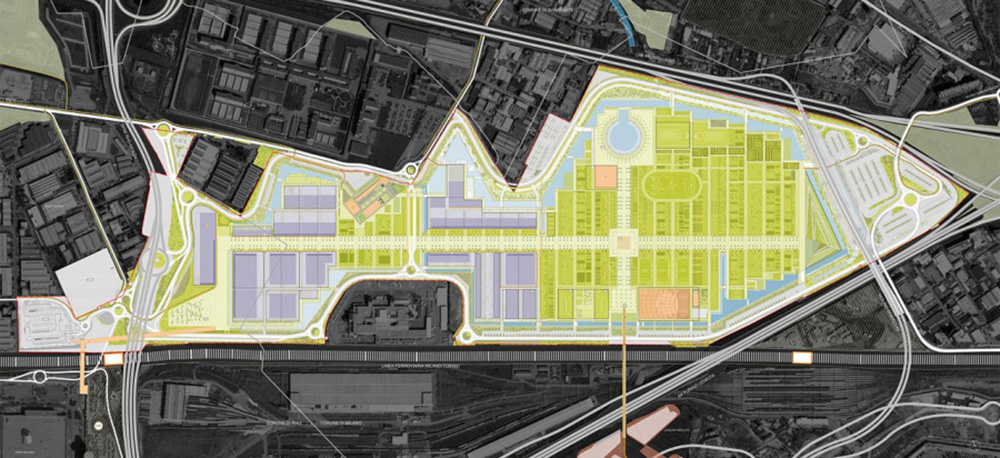Submitted by WA Contents
What are the mega projects in key cities and how do they impact city development?
France Architecture News - Mar 14, 2017 - 22:42 20299 views

MIPIM's last session today has explored mega projects in key cities and their social, environmental and cultural impacts for city development in the long term. This session explored past or future projects, their impact on urban development and their crucial role in shaping the future of individuals and cities.
The panel featured speakers from different countries with different projects including Alberto Mina, International Relations Department Arexpo spa, Ayhan Okmen, Airport City Manager, IGA Havalimani Isletmesi A.S. and David Adam, Founder & Principal, Global Cities Ltd.
In the session, Alberto Mina presented Arexpo project explaining that how it was developed, how it provides very well infrastructure and very connected spaces and how its urban connection are very strong in terms of accessibility to other cities.
''We have two priorities in order to achieve this development, the first one is to create innovation and second one is education,'' said Alberto Mina. ''For such a big development, marketing operations for the territory are very important as well.''
''While providing new development, you have to sustain consensus through people,'' he added.

Image courtesy of Arexpo
The overall area covers 1 million square meters of land, North-West of the city centre of Milan, 7 km away from the Duomo,along the historical Sempione corridor, which runs from Milan towards the Piedmont Region and France.
Characterised by a mixed industrial and agricultural past, the area was fully reclaimed and developed to succesfully host the Expo 2015 event.

Left to right: Alexandra Notay, Alberto Mina, Ayhan Okmen and David Adam. Image © WAC
The site is easily accessible from greater Milan, its primary densely-populated catchment area, from Northern part of Italy and Europe. Over nine million residents live within 60 minutes drive from the area. The site is located close to the busy Linate and Malpensa Airports, which welcome over 24 million passengers per year, and the Milan exhibition centre, which is the largest trade fair facility in Europe.
By 2025, the Arexpo’s 100 hectares project will be regarded as one of the greatest examples of successful delivery of a legacy promise after a major public event.

Istanbul's third airport designed by Grimshaw Architects, Nordic Office of Architecture and Haptic Architects. Image © Grimshaw Architects
Representing the IGA Havalimani Isletmesi A.S., Ayhan Okmen explained the details of this mega development for Istanbul and its economical impact for the city. IGA, founded in 2013, is responsible for constructing and operating for 25 years Istanbul New Airport. The new airport will be constructed over an area of 76,5 million square meters to the north of Istanbul, in 35 km distance to the city center.
The construction will be carried out in four phases. The first phase is scheduled to be completed in 2018 with the opening of three runways and a terminal with 90 million passenger capacity. Once complete, the new airport will host flying to more than 350 destinations with an annual passenger capacity up to 200 million.

Image © WAC
23.000 people currently work on the construction site of Istanbul New Airport. 100 thousand direct employment and sub-industry employment combined. Okmen added that ''we will hire a total of 1.5 million persons once the project is launched.''
IGA had opened a competition to design Istanbul New Airport’s ''Air Traffic Control Unit'' -AECOM and Pininfarina won the competition with a design inspired by tulips.
Top image © IGA
